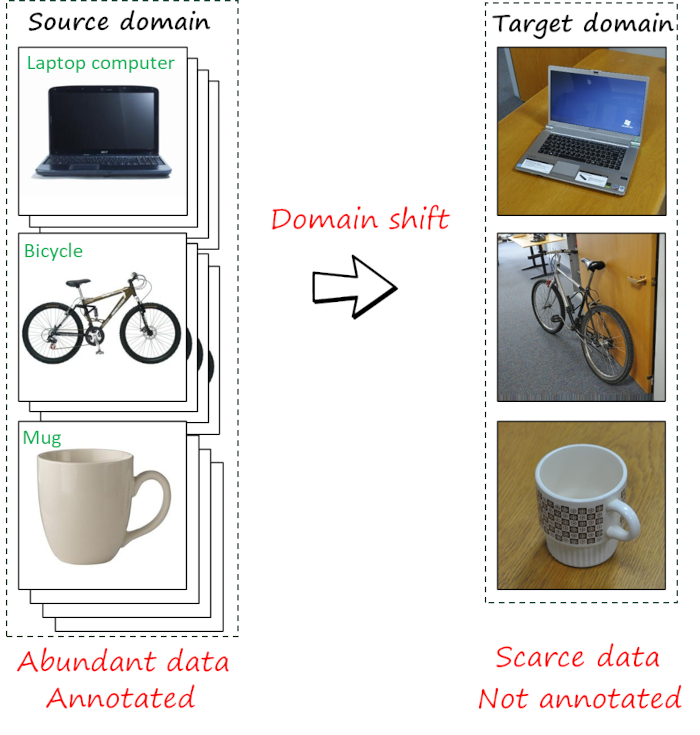
Source-free unsupervised domain adaptation
Can we perform unsupervised domain adaptation without accessing source data? Recent works show that it is not only possible but ...
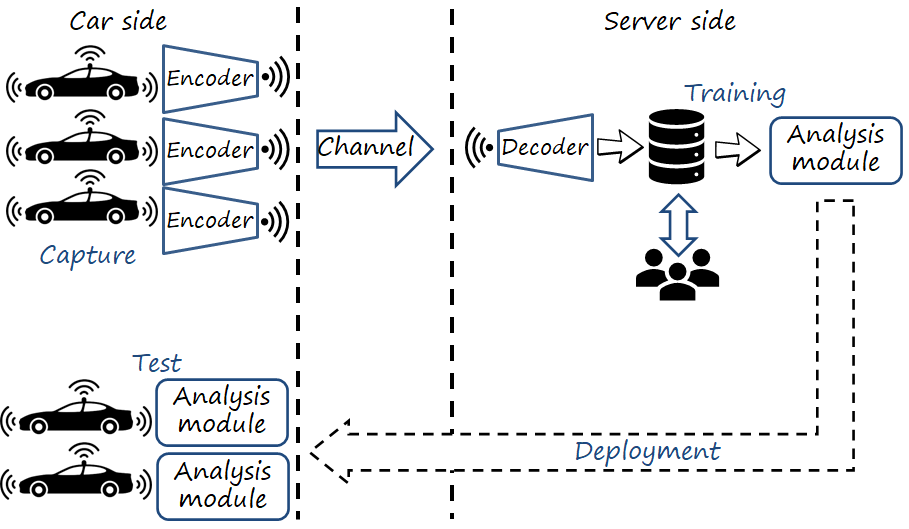
Compression for training on-board machine vision: distributed data collection and dataset restoration for autonomous vehicles
Unmanned vehicles require large amounts of diverse data to train their machine vision modules. Importantly, data should include rare yet ...
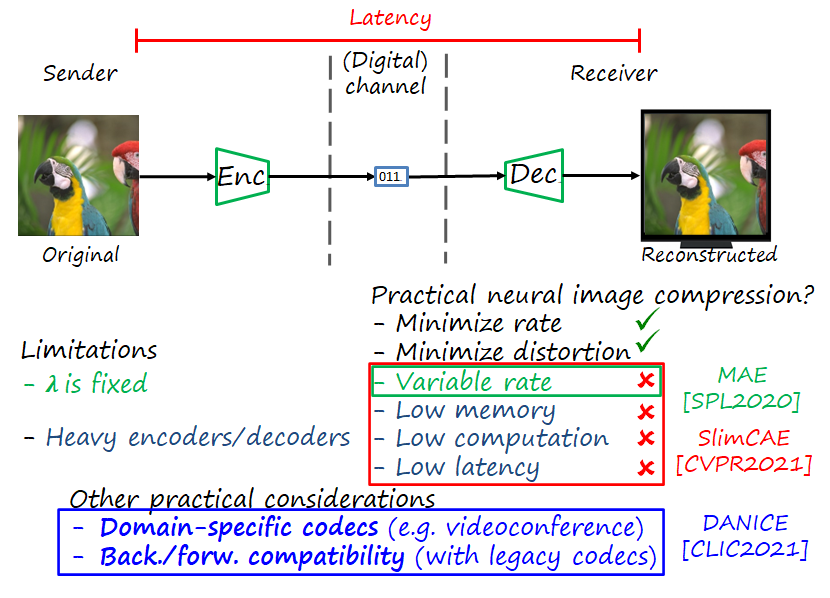
MAE, SlimCAE and DANICE: towards practical neural image compression
Neural image and video codecs achieve competitive rate-distortion performance. However, they have a series of practical limitations, such as relying ...
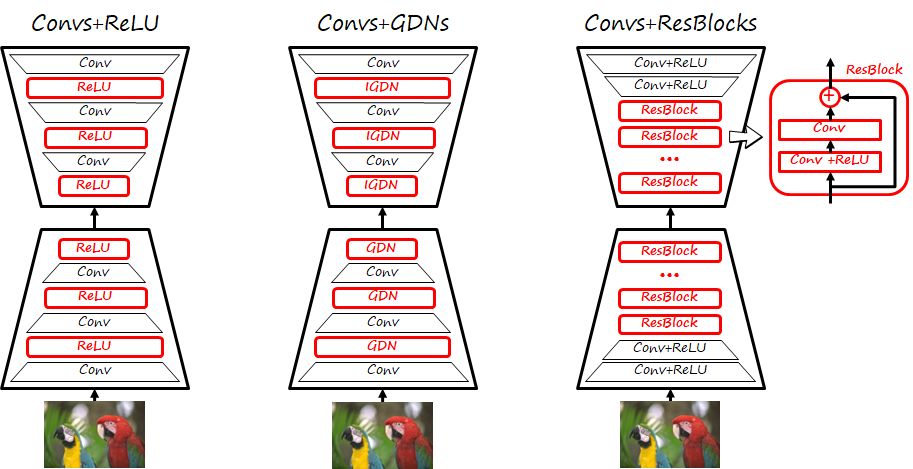
Neural image compression in a nutshell (part 2: architectures and comparison)
Neural image codecs typically use specific elements in their architectures, such as GDN layers, hyperpriors and autoregressive context models. These ...

Neural image compression in a nutshell (part 1: main idea)
Neural image compression (a.k.a. learned image compression) is a new paradigm where codecs are modeled as deep neural networks whose ...
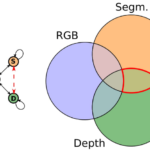
Mix and match networks (part 2)
This is a brief update on mix and match networks (M&MNets), describing the new ideas included in the extended version ...
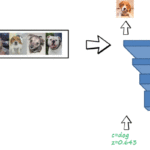
MeRGANs: generating images without forgetting
The problem of catastrophic forgetting (a network forget previous tasks when learning a new one) and how to address it ...
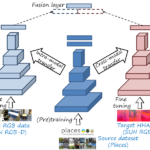
Learning RGB-D features for images and videos
Depth sensors capture information that complements conventional RGB data. How to combine them in an effective multimodal representation is still ...
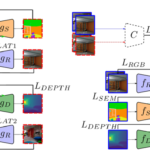
Mix and match networks
We recently explored how we can take multiple seen image-to-image translators and reuse them to infer other unseen translations, in ...
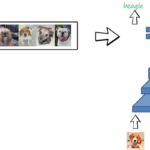
Rotating networks to prevent catastrophic forgetting
In contrast to humans, neural networks tend to quickly forget previous tasks when trained on a new one (without revisiting ...
